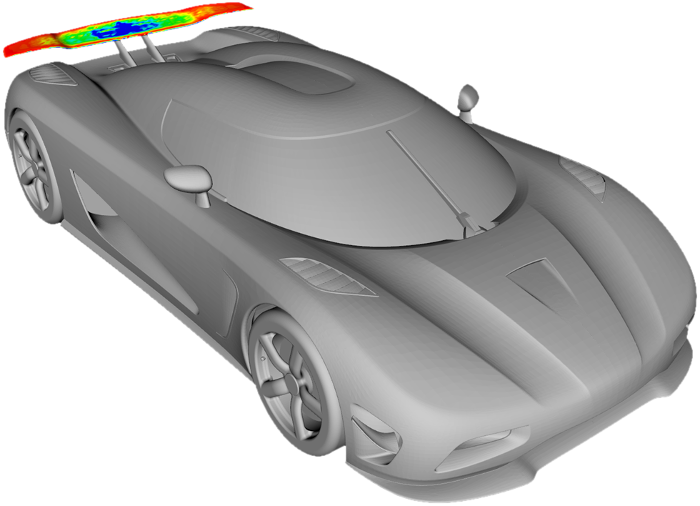Shape Optimization with Adjoint CFD
CAESES® offers methods to map adjoint shape sensitivities to the parameters of a parametric geometry. In more detail, CAESES® internally connects the computed adjoint shape sensitivities from the CFD solver (change of objective function due to model surface displacement) with the so-called design velocities of the CAESES® geometry (model surface displacement due to change in parameter value), and hence calculates the effect of each parameter on the objective function.
Drastically speed up your optimization process by taking into account adjoint CFD results when changing geometry.
With this mechanism, users can directly detect the most relevant parameters with only one CFD computation and subsequently use a reduced parameter set within the optimization loop. Alternatively, this gradient information can be directly used by the optimization algorithm to speed up the search for an optimum.
So far, CAESES® supports adjoint CFD results from STAR-CCM+ and OpenFOAM. Let us know if you want to connect another simulation package that provides adjoint CFD. We are open to connect other packages in the future.
More Information
More details can be found in the article Direct Coupling of Parametric CAD and Adjoint CFD, which explains the basic concept of it. An example for an automated shape optimization is given in Automated Optimization using Adjoint Flow Solvers.


